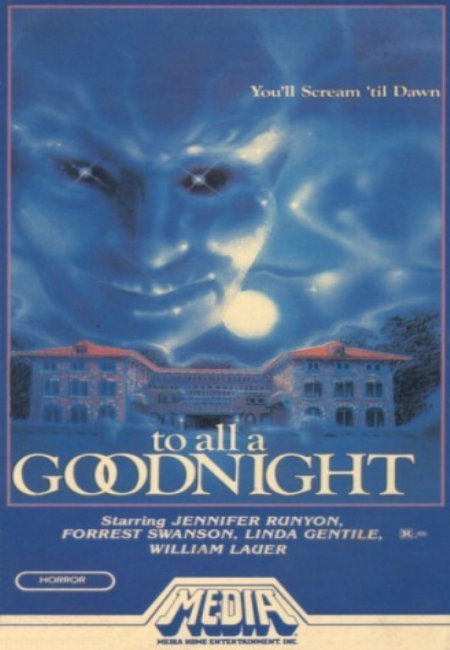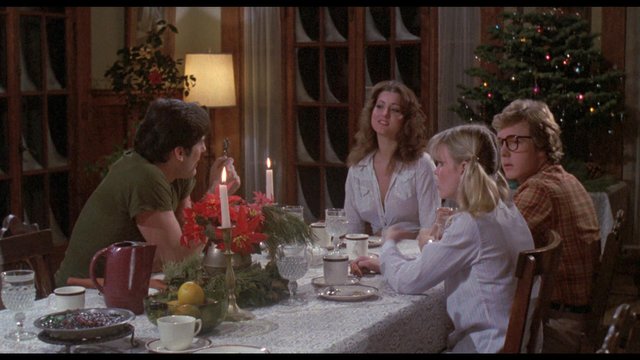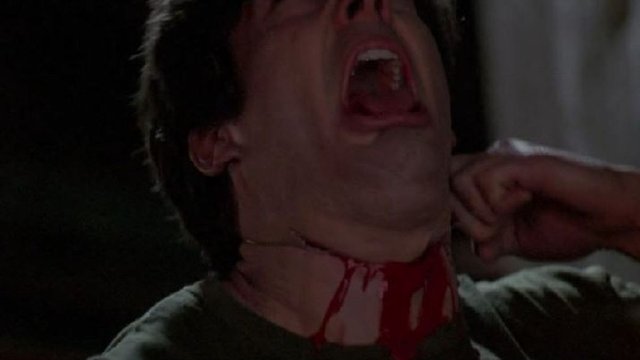TO ALL A GOODNIGHT Review

David Hess’ directorial debut To All a Goodnight isn’t a great film, and it hasn’t really gone down in history as a compelling movie within the slasher boom in the 1980s. However, it does have a couple of interesting distinctions: it’s a Christmas horror flick, and it came before Friday the 13th.
The former point is of note simply because Christmas horror films are few and far between, but the ’80s focused on the holiday aspect of slasher films so much that it seems like they were a popular item. To All a Goodnight released in 1980, making it one of the early killer Santa slasher films; Black Christmas, which does seem to be an inspiration for Hess, came earlier in 1974, but Christmas Evil wouldn’t be released until November 1980 and Silent Night, Deadly Night wouldn’t be out for another four years.

Likewise, Sean Cunningham’s Friday the 13th actually postdates To All a Goodnight by about four months – surprising information when viewers review both films. The two share a lot of the same themes, including co-eds alone in a house, a flashback murder that happens prior to the events of the film, and revenge-fueled mother figures. Anyone viewing To All a Goodnight now would believe Hess copied his ideas from Cunningham; in reality, it’s the other way around.
That’s not to say that Cunningham wanted to ape To All a Goodnight or even knew of it when making Friday the 13th. There’s a reason why To All a Goodnight has not become the most popular slasher film of the time: it’s not well-made, it’s got a pretty bad cast, and it’s often poorly paced. Hess, primarily an actor, gives directing a shot but can’t seem to get the plotting right; To All a Goodnight often meanders as it tries to focus on a bunch of secondary characters and also its main final girl Nancy (Jennifer Runyon), and it ends up becoming a difficult film to slog through thanks to some bad acting and dumb decision-making.

But even stranger is Hess’ decision to break the film into two nights rather than one elongated moment of debauchery and merry-making mayhem. The film is cut perfectly in half by this but it doesn’t do a great job of maintaining the tension; instead, each time To All a Goodnight takes a break from its slashing, it takes another half hour or so to build up again. While the film has some surprisingly violent moments, they’re not enough to break up the monotony.
It’s the finale, though, that makes To All a Goodnight a high point in horror history, if not a vital film viewing experience. The killer Santa slashing around the sorority turns out to be the den mother, whose daughter was the murdered woman at the beginning of the film. The reveal isn’t all that surprising – in fact, To All a Goodnight has no other suspects – but contemporary viewers will find amazing parallels to other films in the genre. Hess even throws in a secondary killer for good measure.
Standing on its own, To All a Goodnight is a lackluster slasher: it’s slow, unevenly paced, full of bad writing and acting, and all around pretty insubstantial. But as a historical icon in horror film, it’s an interesting artifact of a film that just didn’t take off like some of the others in the genre. What if To All a Goodnight became the hit Friday the 13th is? Would it have changed horror cinema forever? (Probably not, but it’s fun to think about.)